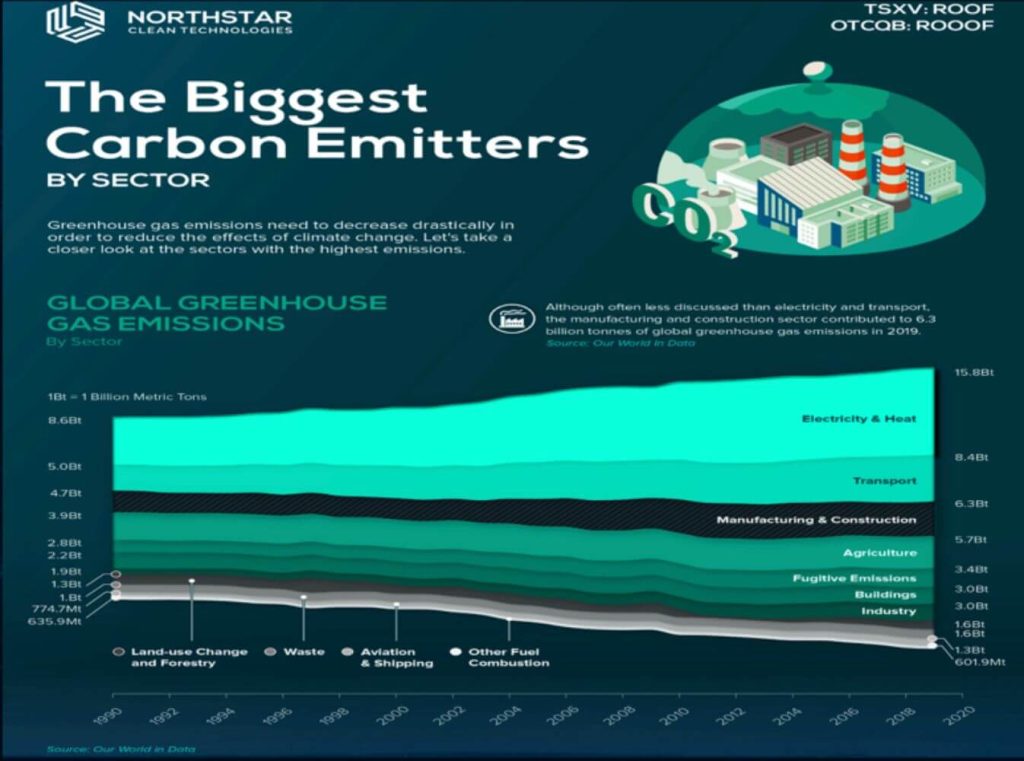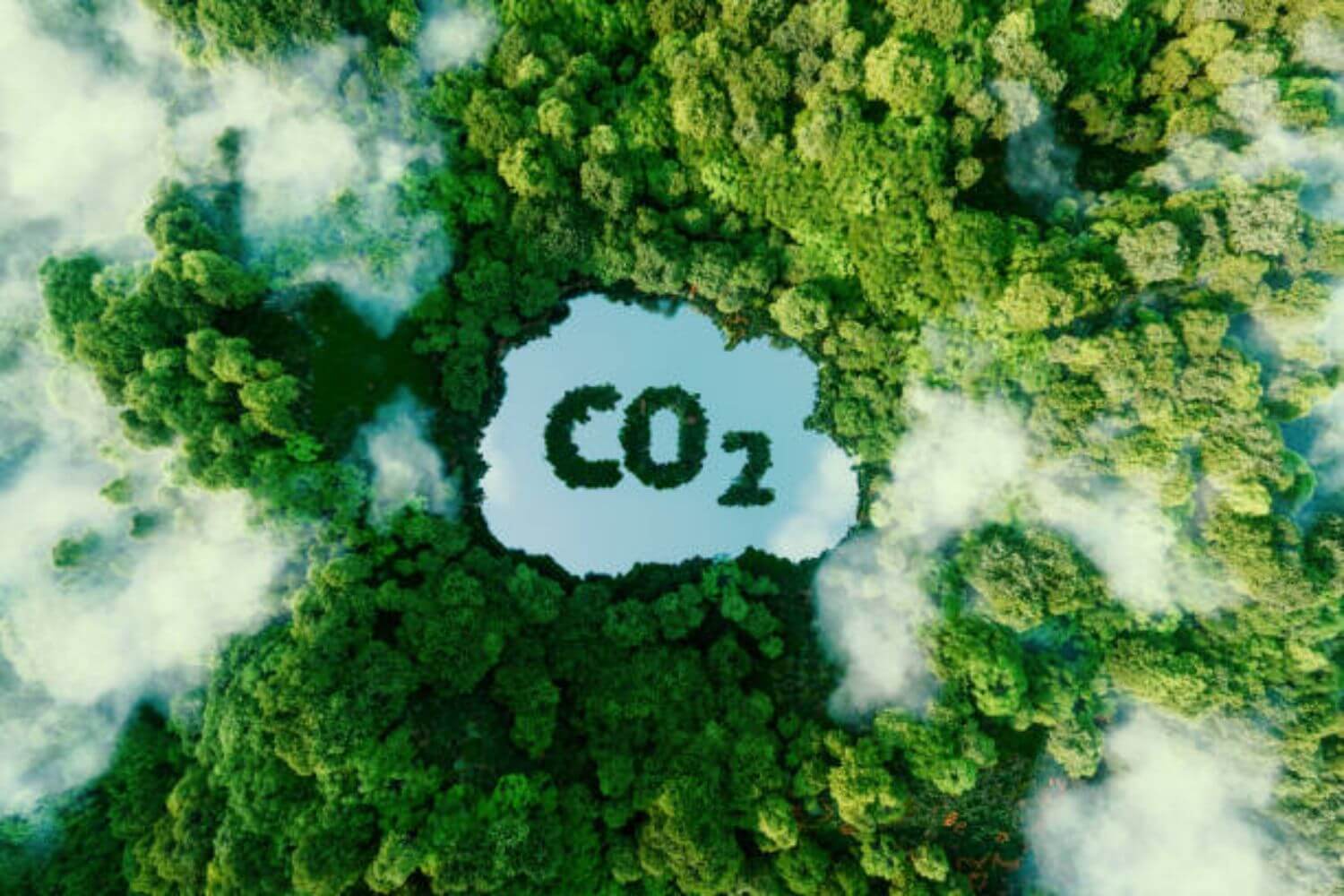Any which way you look at 2023, it began badly for the Voluntary Carbon Market (VCM), with the media pummeling it for allegedly playing fast & loose with nature based carbon credits.
It’s not as if this finger-pointing came out of the blue. Critics be hammering away ever since Kyoto deemed carbon the world’s first invisible commodity in 1997. I recall a slew of articles in 2009 including one from Reuters, warning us that the forest carbon market was already shows cracks. Last year Nikkei announced a number of credits, “have been exposed as exaggerating their climate change mitigation”. One investigation, Nikkei said, found a forest preservation project in Indonesia issuing credits equivalent to triple the amount of carbon dioxide it is likely to absorb. Another Nikkei investigation found a forest project in Belize issuing “ghost’” credits even after CO2 reduction efforts in the area had ended.
This year though was rougher, and kicked off by a well-researched article in The Guardian followed a few days later by De Zeit. Then came another hit job in FTM, and in March, Bloomberg stepped into the fray.
Quickly followed by rebuttals, with the defense going:
-
- media is overblowing the issue & grandstanding.
-
- finger-pointing researchers used a different methodology to calculate carbon credits than the one used by responsible standards bodies.
-
- there may have been some abuse but as a standards body put it, “we are under high pressure to unlock trillions to protect forests globally”.
It would be remiss however, to not mention the most ballsy defense of them all, with a large project developer going on record saying: “But let’s remember that the voluntary carbon market is still in its adolescence and while it expands, it experiences growing pains.” If the industry still exhibits adolescence after twenty-five years, it needs to be taken to the woodshed.
Now to a more sensible defense put up against incomings. As the same standards body explained, “certifying (reforestation projects) is not easy“, especially because it involves “looking at a situation and asking what would happen if things were different“. One couldn’t agree more. Implementing methodologies around Nature Based Solutions (NBS)makes rainforests a gaming paradise for those with a different bent.
Without downplaying the importance of NBS, maybe there are also other more straightforward ways to make a real difference.

Look at the two biggest carbon emitters on the chart. That’s one big addressable market. Could they earn carbon credits by reducing emissions rather then just buy offsets? Sure could. At least three methodologies for commercial facilities from the UN’s Clean Development Mechanism (CDM) show you how. Reducing commercial emissions also results in significant power savings from improved efficiencies over and above the carbon credits earned. Meaning, carbon credits are definitely good to have and shorten payback periods, but most well-thought-out energy efficiency projects anyway pay for themselves from resulting savings.
Which begs the question. Does the same apply to NBS? In a world without carbon credits, would land owners, farmers, project developers & offset buyers still come together to protect forest foilage or change age old methods for rice cultivation? Is there another benefit that accrues to these stake holders besides a saved planet? If the answer is no, then we can all agree carbon credits are an essential component of NBS. This unfortunately also lessens the associated moral hazard around authenticating carbon credit claims. Ergo, if the carbon trade is critical to NBS but the chances of gaming the system are high, then the current processes associated with NBS need a digital over haul and more compliance.
In comparison, reducing emissions at commercial facilities is pretty straightforward. As is applying a very clear CDM methodologies to decide on carbon credits, and then using digital measurements, reporting, and verification (dMRV) to assess the accuracy of the claims. When data gets pulled directly from smart meters and mechanical & electrical equipment into a dMRV engine without human intervention before being reposited on Blockchain, there’s not too much leeway left to game the system. It’s not as if the CDM methodologies for commercial facilities are tighter or more demanding or clearer than those written up for NBS. It’s just that mechanical & electrical equipment lends themselves to measurement better than a rainforest.
In no way does this diminish the critical importance of reforestation projects. As the Guardian itself has reported, another 7 million hectares of forest were cut down just in 2021. However if the planet’s fate depends on carbon-spewing companies buying rainforest offsets instead of first focusing on their own emissions, our twenty-five-year-old adolescent has an even bigger problem than we thought.
All this is bad for everyone with offset buyers warier than ever now about greenwashing accusations. One way to sort this out is by using a 3rd party to rate emissions. Digitally connecting to a dashboard that shows where they’re at, a company can monitor and announce their monthly downward trend. The very act of measurement triggers actions to reduce emissions, besides tracking any other energy efficiency projects undertaken. Once you publicly demonstrate a downward trend to these pesky NGOs and finger-pointing media, go ahead and buy credible offsets.
THE END
Sources:
- https://www.theguardian.com/environment/2023/jan/18/revealed-forest-carbon-offsets-biggest-provider-worthless-verra-aoe
- https://asia.nikkei.com/Spotlight/Environment/Climate-Change/Scandal-hit-carbon-credits-need-universal-standards-experts
- https://www.southpole.com/blog/south-pole-reaction-to-criticisms-of-redd-and-the-vcm
- https://www.ftm.eu/articles/south-pole-kariba-carbon-emission?share=DKLpYrlsZG%2FKb5YDN6ncZrKj5AJFQzIULrU60uu4e2I7N8pAAnusNfeu%2F871K%2FA%3D
- https://mothership.sg/2023/02/verra-carbon-credits-scandal/
- https://www.zeit.de/wirtschaft/2023-01/co2-certificates-fraud-emissions-trading-climate-protection-
english/komplettansicht?utm_referrer=https%3A%2F%2Fwww.google.com.hk%2F - https://www.bloomberg.com/news/features/2023-03-24/carbon-offset-seller-s-forest-protection-projects-questioned


